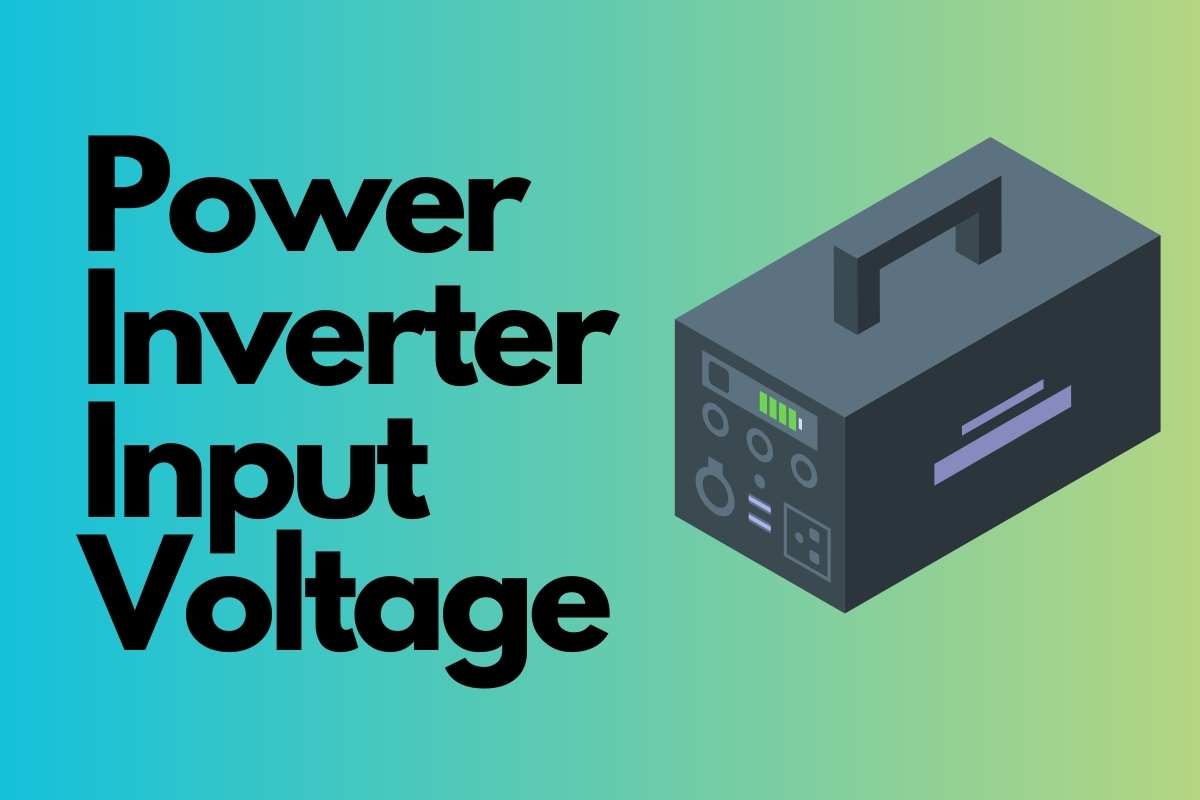Power Inverter Input Voltage
We carry two main input voltages for power inverters. The main two input voltages for inverters we carry are:
What is a power inverter’s input voltage?
Input voltage on a power inverter is the voltage that is required for the inverter to operate. While there are no 100% correct answers when determining what voltage you need, there are a few easy steps to follow when determining which input voltage you need.
For vehicle applications: Read the manual or use a voltmeter to determine the vehicle’s voltage. Most cars in the United States are 12 volt based. When getting power inverters for tractors or trucks, determine how the inverter will be connected, the use an electrical meter to read the voltage of the circuit.
If Ever in DOUBT about the Input voltage needed for your Power Inverter, ask an expert. Check with a local installer, mechanic or electrician. They can get you on the right track.
If it is a military vehicle, Double Check the voltage, many military vehicles use 24-volt power inverters.
If it is a new off-grid application, the voltage may be up to you. 12-volt power inverters usually cost less, so weigh that into your system design.
Differences between 12V and 24V Power Inverters
Both 12V and 24V power inverters serve the primary function of converting DC to AC power, but they cater to different applications and have distinct characteristics:
-
System Voltage: 12V inverters are designed for systems with 12V batteries, common in smaller applications like cars or small RVs. In contrast, 24V inverters work with 24V battery setups, typical for larger vehicles, boats, or residential systems.
-
Efficiency: For higher power demands, 24V inverters can be more efficient since they draw less current than a 12V system would for the same power output. This can result in reduced energy loss and heat generation.
-
Cable Size: 24V systems often allow for thinner cables compared to 12V systems at the same power level, leading to potential savings in wiring costs.
-
Application: While 12V inverters are more widespread due to the prevalence of 12V systems in vehicles, 24V inverters are increasingly popular in larger systems where efficiency and reduced wiring costs are priorities.
Choosing between these inverter types depends on your specific power requirements, system setup, and efficiency goals.
Learn more by visiting our Power Inverter Guide
